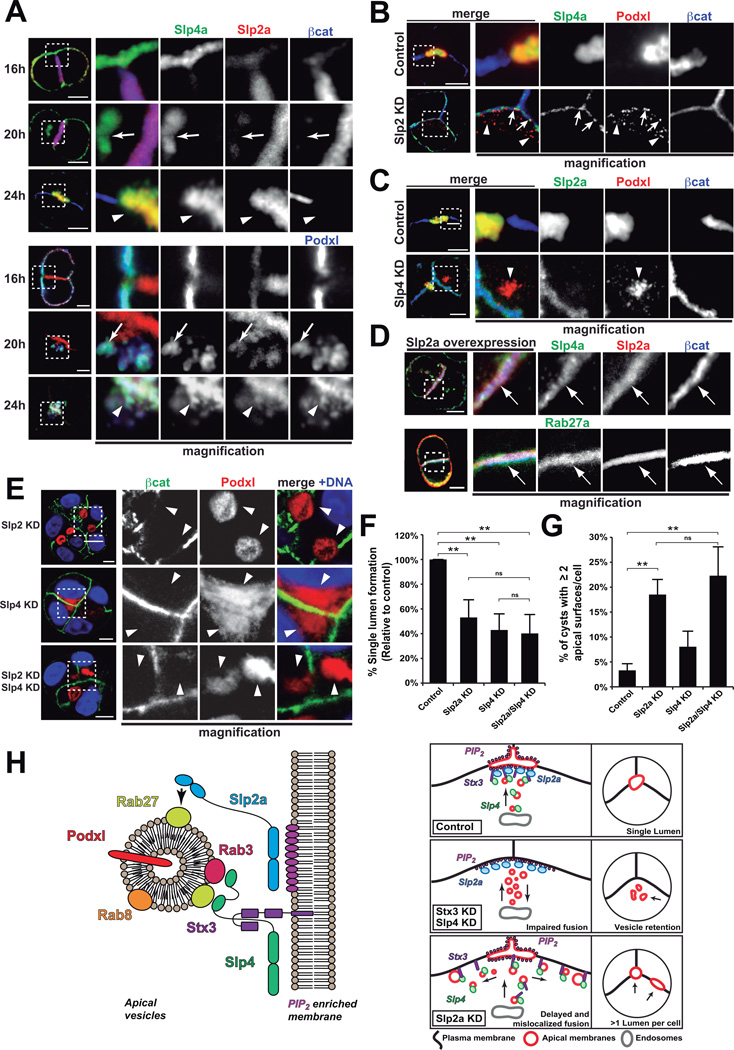Figure 7. Slp2-a regulates Slp4-a targeting to determine single apical membrane formation.
(A) Slp2-a and Slp4-a localization during lumen initiation. Cysts stably expressing GFP-Slp4-a and Cherry-Slp2-a were fixed after 16, 20 and 24h. Podxl (blue, bottom panels) and β-catenin (blue, top panels). Arrows indicate vesicular Slp4-a. Arrowheads indicate Slp2-a/Slp4-a colocalization at the nascent luminal membrane.
(B) Effect of Slp2-a KD on Slp4-a localization. Slp4-a localization becomes basolateral after Slp2-a KD and colocalizes partially with Podxl (red) in vesicles (arrows). Arrowheads indicate scattered Podxl vesicles.
(C) Effect of Slp4-a KD on Slp2-a localization. After Slp4-a KD, Slp2-a localization at cellular junctions is unaffected. Note accumulation of Podxl (red) in vesicles (arrowheads).
(D) Effect of Slp2-a overexpression on GFP-Slp4-a and GFP-Rab27 in 24h cysts. Slp4-a or Rab27a colocalized with Slp2-a and β-catenin(blue) at cellular junctions (arrows).
(E) Effect of double Slp2-a/Slp4-a KD on lumen formation. Cells KD for Slp4-a, Slp2-a, or Slp4-a/Slp2- for 48h were fixed and stained for nuclei (blue), Podxl (red) and β-catenin (green). Arrowheads indicate apical plasma membranes.
(F) Quantification of cysts with normal lumens in control, Slp2-a KD, Slp4-a KD, or Slp2-a/4-a double KD (n=3).
(G) Quantification of cysts presenting two or more apical surfaces per cell in control, Slp2-a KD, Slp4-a KD or Slp2-a/4-a double KDs (n=3).
In all panels values are mean ± SD from n independent experiments; Significance: ns, not-significant, **P < 0.005. Bars, 5 µm.
(H) Model of Slp2-a/4-a function in epithelial polarization. Left panel: Slp2-a targets Rab27-positive endosomes to the PIP2-enriched membrane. Slp4-a binds to Rab3 and Stx3 to be delivered to the lumen initiation site in Rab27-positive vesicles. Because Slp4-a is delivered in Rab27-positive vesicles, its targeting depends on Slp2-a function. Therefore, Slp2-a directs localization of Slp4-a/Stx3-influenced vesicle tethering activity to single PIP2-enriched initiation site, and thus a single lumen per cell. Right panel: When Slp4-a or Stx3 are perturbed, vesicles cannot be correctly tethered and apical vesicles accumulate. When Slp2-a is disrupted, vesicles are tethered ectopically to different positions of the plasma membrane, originating multiple apical domains in the same cell.

